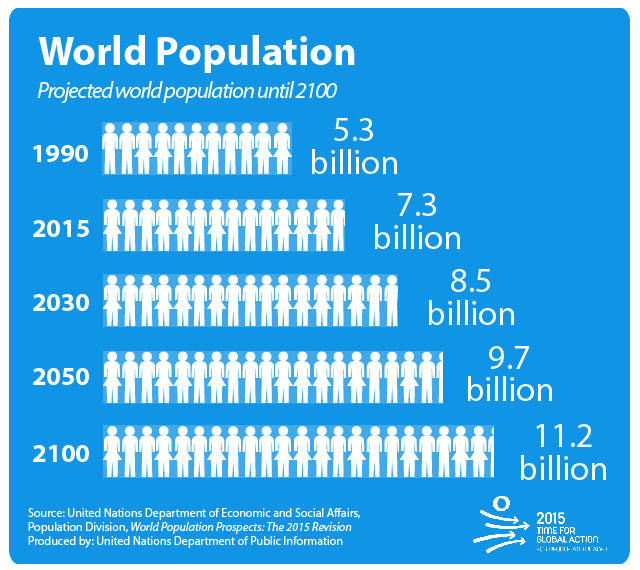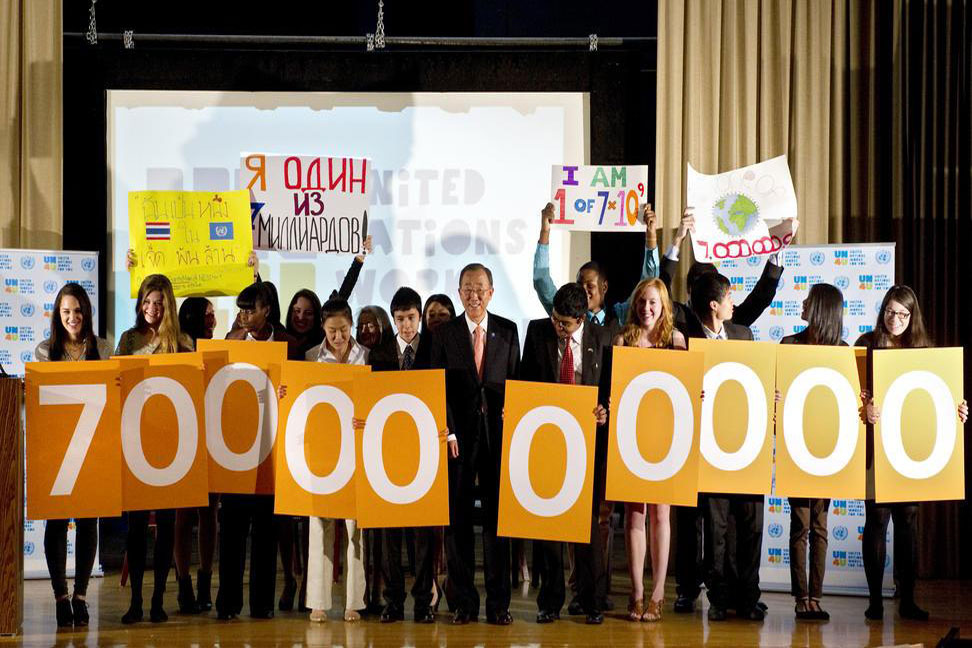
- Better Society -
- 3mins -
- 662 views
The world population explosion is finally slowing down
While the global population is certainly still growing, a UN survey indicates the growth rate is at last showing signs of stabilising.
UN projects world population to reach 8.5 billion by 2030, driven by growth in developing countries
The world’s population is projected to reach 8.5 billion by 2030, 9.7 billion by 2050 and exceed 11 billion in 2100, with India expected to surpass China as the most populous around two years from now and Nigeria overtaking the United States to become the world’s third largest country around 35 years from now, according to a United Nations report released in 2015.
main photo: Daryan Shamkhali
Half of the world’s population growth is expected to be concentrated in nine countries
Most of the projected increase in the world’s population can be attributed to a shortlist of high-fertility countries, mainly in Africa, or countries with already large populations. During 2015-2050, half of the world’s population growth is expected to be concentrated in nine countries: India, Nigeria, Pakistan, Democratic Republic of the Congo, Ethiopia, United Republic of Tanzania, United States of America (USA), Indonesia and Uganda, listed according to the size of their contribution to the total growth.
“Understanding the demographic changes that are likely to unfold over the coming years, as well as the challenges and opportunities that they present for achieving sustainable development, is key to the design and implementation of the new development agenda,” said Wu Hongbo, UN Under-Secretary-General for Economic and Social Affairs.
Click to read the full United Nations Department of Economic and Social Affairs report.

34 per cent of the population of Europe is projected to be over 60 years old by 2050
With the highest rate of population growth, Africa is expected to account for more than half of the world’s population growth over the next 35 years.
During this period, the report said, the populations of 28 African countries are projected to more than double, and by 2100, 10 African countries are projected to have increased by at least a factor of five: Angola, Burundi, Democratic Republic of Congo, Malawi, Mali, Niger, Somalia, Uganda, United Republic of Tanzania and Zambia.
In contrast to the growth projections, a significant ageing of the population in the next several decades is projected for most regions, starting with Europe where 34 per cent of the population is projected to be over 60 years old by 2050. In Latin America and the Caribbean and in Asia, the population will be transformed from having 11 per cent to 12 per cent of people over 60 years old today to more than 25 per cent by 2050.

The slower world population growth is due to lower fertility rates
Future population growth is highly dependent on the path that future fertility will take, as relatively small changes in fertility behaviour, when projected over decades, can generate large differences in total population. In recent years, fertility has declined in virtually all areas of the world, even in Africa where fertility levels remain the highest of any major area.
Source: un.org


